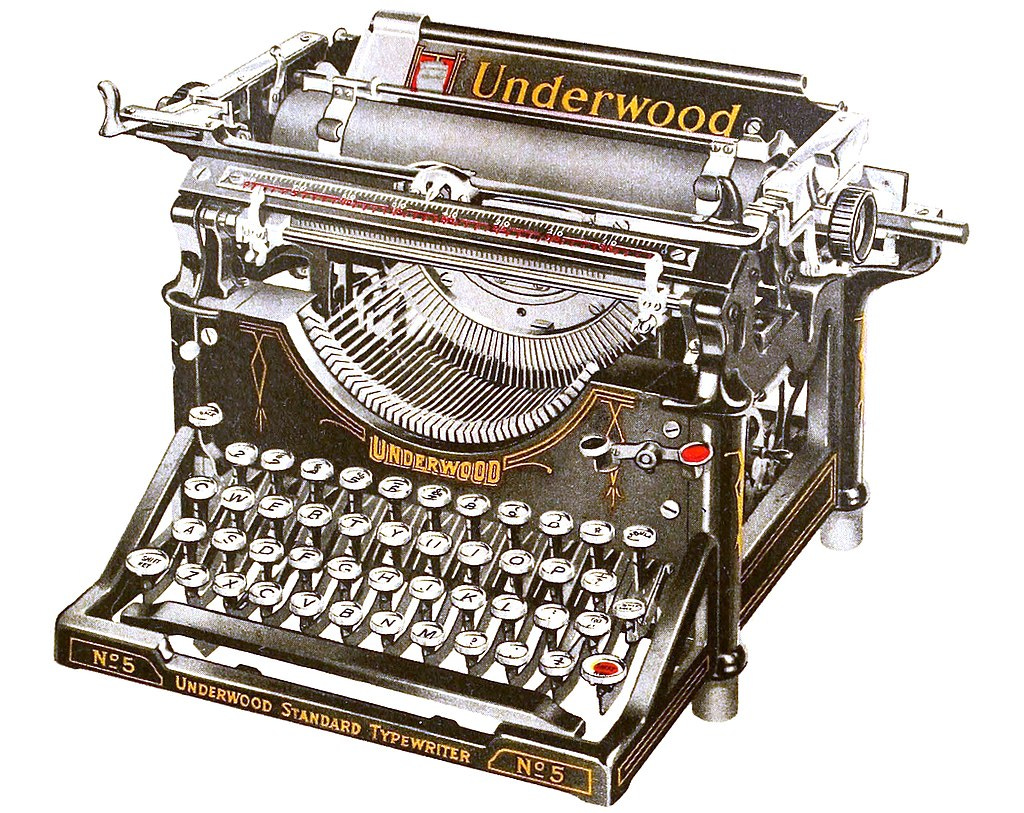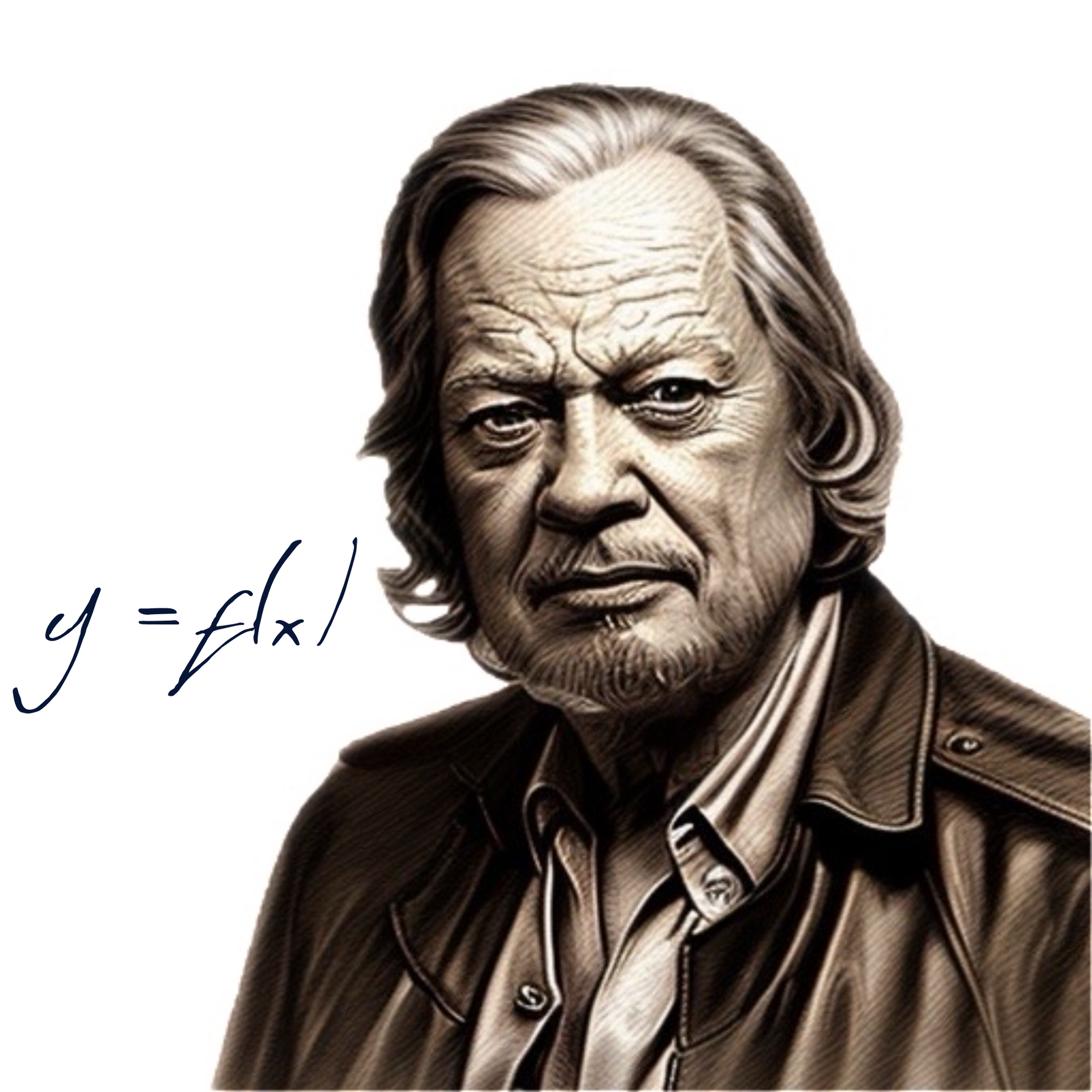Table of Contents
A tale of bureaucratic BS
In the late 1990s I worked as a public utilities regulator in California. Every week I would receive a dozen copies of documents ranging from a single sheet to thick stacks. After setting aside a few copies for various purposes eight were sent to recycling.
Finally, I asked:
Why 12 copies?
No one seemed to know until someone thought to ask the most senior clerk. She said
That’s the most copies that you can type with a carbon-set
The carbon-set was a stack of alternating typing paper and carbon paper used to produce copies on typewriters. It predated office copiers. Like the two-space after a period rule, the technology’s influence lasted far longer than the technology itself.

Carbon sets were originally produced to create file and cc: copies of letters and memos.
More business processes than we might care to admit have similar rationales. Recognizing and rationalizing them can lead to quicker, simpler solutions to more important problems that are ensnared by forgotten history.
A cautionary tale
An evil ethnologist put five chimpanzees in a cage with a banana suspended just barely within reach.
When the first chimp reached for the banana, all of the chimps were blasted with a fire hose. The four other chimps beat the tar out of the guilty chimp.
One of the four was taken out and replaced. The new chimp, naturally, reached for the banana, with the same result.
Again, one of the remaining three original innocent bystanders was removed and replaced with another rookie. This time, as soon as the newbie began to reach, the others didn't wait, and walloped him before the fire drill.
This continued until all five of the original chimps and the first newcomer had rotated out and the latest recruit had his turn. Picking himself off the floor, he asked what was that about?
The other four shouted in unison: Policy!!!
At that point no one had ever experienced a dousing.
Antonio Damasio writes of the mechanisms by which learned behaviors express themselves independently of conscious introspection in The Feeling Of What Happens: Body and Emotion in the Making of Consciousness. Daniel Kahneman1, Thinking Fast and Slow distinguishes two channels of action. The one is a rapid response mode that takes the learned percentage shot and the other is considered and deliberate and works a problem systematically.
Dr. Kahneman was recognized for his work in behavioral economics in 2002 with the Nobel Prize in Economics. His Ph.D is in Psychology ↩








